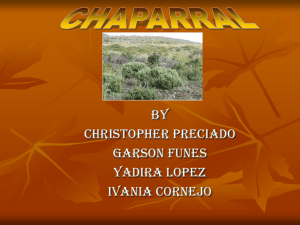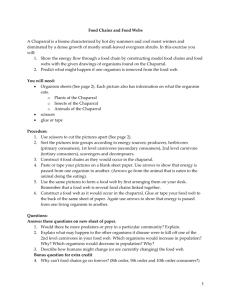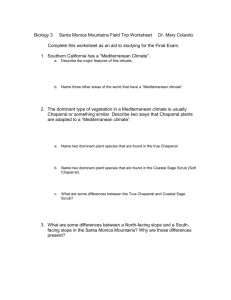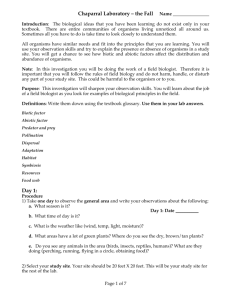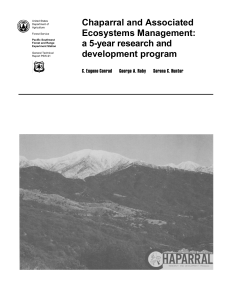Review Comments
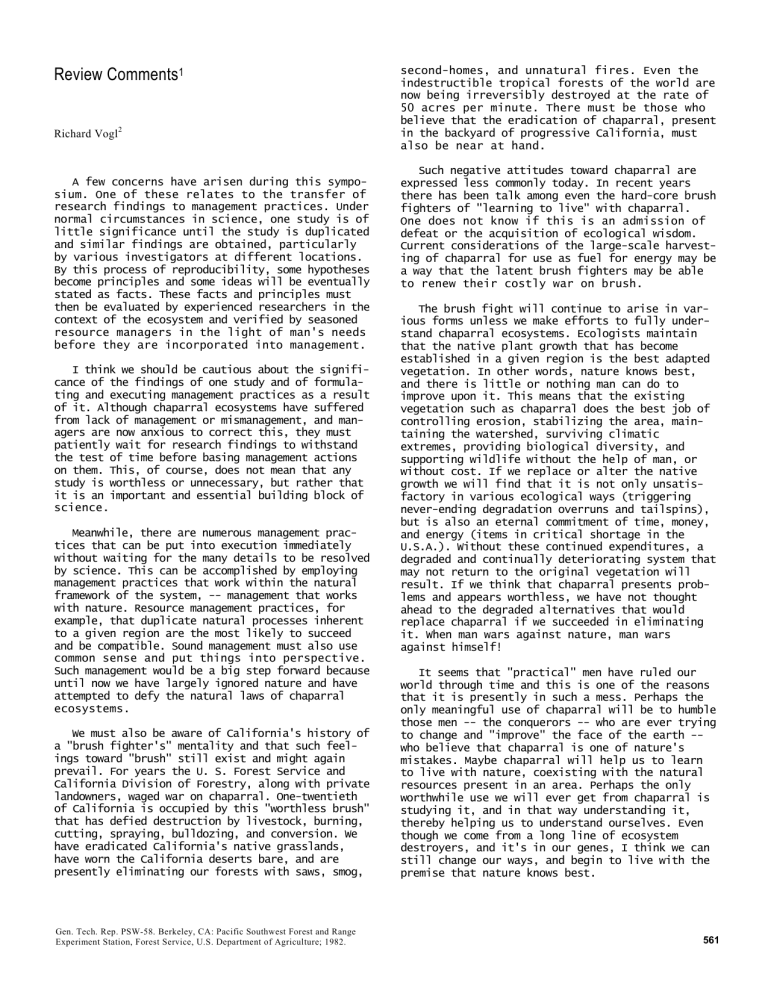
Review Comments
Richard Vogl
2
1
A few concerns have arisen during this symposium. One of these relates to the transfer of research findings to management practices. Under normal circumstances in science, one study is of little significance until the study is duplicated and similar findings are obtained, particularly by various investigators at different locations.
By this process of reproducibility, some hypotheses become principles and some ideas will be eventually stated as facts. These facts and principles must then be evaluated by experienced researchers in the context of the ecosystem and verified by seasoned resource managers in the light of man's needs before they are incorporated into management.
I think we should be cautious about the significance of the findings of one study and of formulating and executing management practices as a result of it. Although chaparral ecosystems have suffered from lack of management or mismanagement, and managers are now anxious to correct this, they must patiently wait for research findings to withstand the test of time before basing management actions on them. This, of course, does not mean that any study is worthless or unnecessary, but rather that it is an important and essential building block of science.
Meanwhile, there are numerous management practices that can be put into execution immediately without waiting for the many details to be resolved by science. This can be accomplished by employing management practices that work within the natural framework of the system, -- management that works with nature. Resource management practices, for example, that duplicate natural processes inherent to a given region are the most likely to succeed and be compatible. Sound management must also use common sense and put things into perspective.
Such management would be a big step forward because until now we have largely ignored nature and have attempted to defy the natural laws of chaparral ecosystems.
We must also be aware of California's history of a "brush fighter's" mentality and that such feelings toward "brush" still exist and might again prevail. For years the U. S. Forest Service and
California Division of Forestry, along with private landowners, waged war on chaparral. One-twentieth of California is occupied by this "worthless brush" that has defied destruction by livestock, burning, cutting, spraying, bulldozing, and conversion. We have eradicated California's native grasslands, have worn the California deserts bare, and are presently eliminating our forests with saws, smog, second-homes, and unnatural fires. Even the indestructible tropical forests of the world are now being irreversibly destroyed at the rate of
50 acres per minute. There must be those who believe that the eradication of chaparral, present in the backyard of progressive California, must also be near at hand.
Such negative attitudes toward chaparral are expressed less commonly today. In recent years there has been talk among even the hard-core brush fighters of "learning to live" with chaparral.
One does not know if this is an admission of defeat or the acquisition of ecological wisdom.
Current considerations of the large-scale harvesting of chaparral for use as fuel for energy may be a way that the latent brush fighters may be able to renew their costly war on brush.
The brush fight will continue to arise in various forms unless we make efforts to fully understand chaparral ecosystems. Ecologists maintain that the native plant growth that has become established in a given region is the best adapted vegetation. In other words, nature knows best, and there is little or nothing man can do to improve upon it. This means that the existing vegetation such as chaparral does the best job of controlling erosion, stabilizing the area, maintaining the watershed, surviving climatic extremes, providing biological diversity, and supporting wildlife without the help of man, or without cost. If we replace or alter the native growth we will find that it is not only unsatisfactory in various ecological ways (triggering never-ending degradation overruns and tailspins), but is also an eternal commitment of time, money, and energy (items in critical shortage in the
U.S.A.). Without these continued expenditures, a degraded and continually deteriorating system that may not return to the original vegetation will result. If we think that chaparral presents problems and appears worthless, we have not thought ahead to the degraded alternatives that would replace chaparral if we succeeded in eliminating it. When man wars against nature, man wars against himself!
It seems that "practical" men have ruled our world through time and this is one of the reasons that it is presently in such a mess. Perhaps the only meaningful use of chaparral will be to humble those men -- the conquerors -- who are ever trying to change and "improve" the face of the earth -who believe that chaparral is one of nature's mistakes. Maybe chaparral will help us to learn to live with nature, coexisting with the natural resources present in an area. Perhaps the only worthwhile use we will ever get from chaparral is studying it, and in that way understanding it, thereby helping us to understand ourselves. Even though we come from a long line of ecosystem destroyers, and it's in our genes, I think we can still change our ways, and begin to live with the premise that nature knows best.
Gen. Tech. Rep. PSW-58. Berkeley, CA: Pacific Southwest Forest and Range
Experiment Station, Forest Service, U.S. Department of Agriculture; 1982.
561



